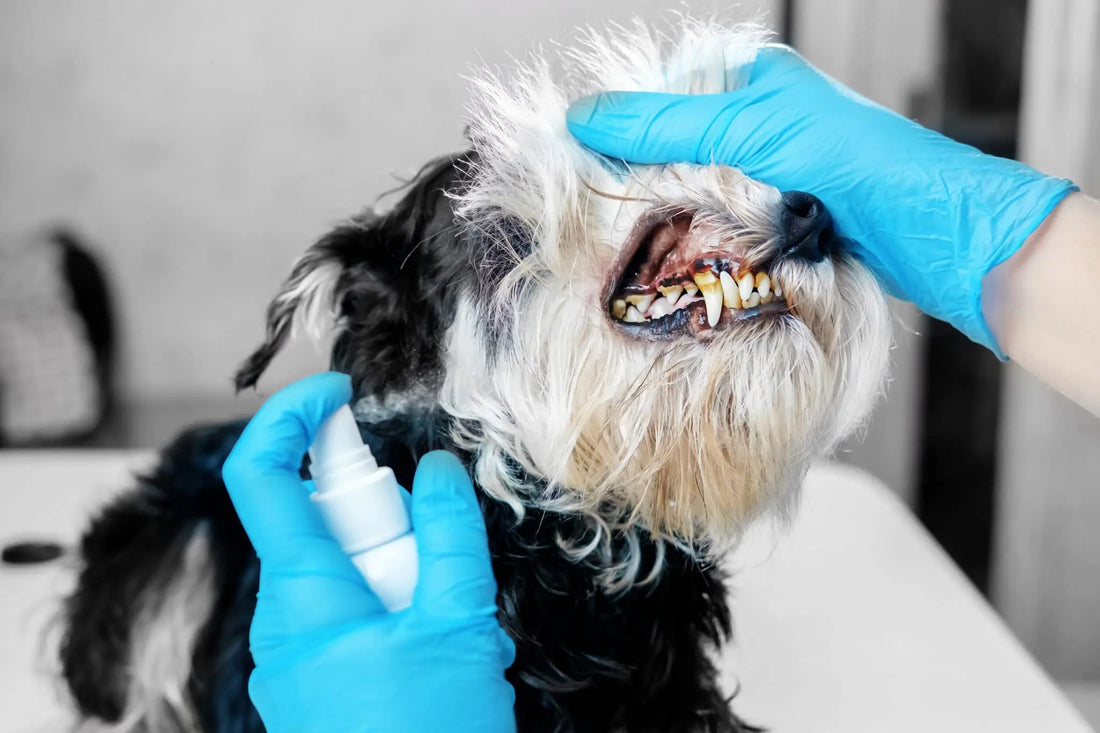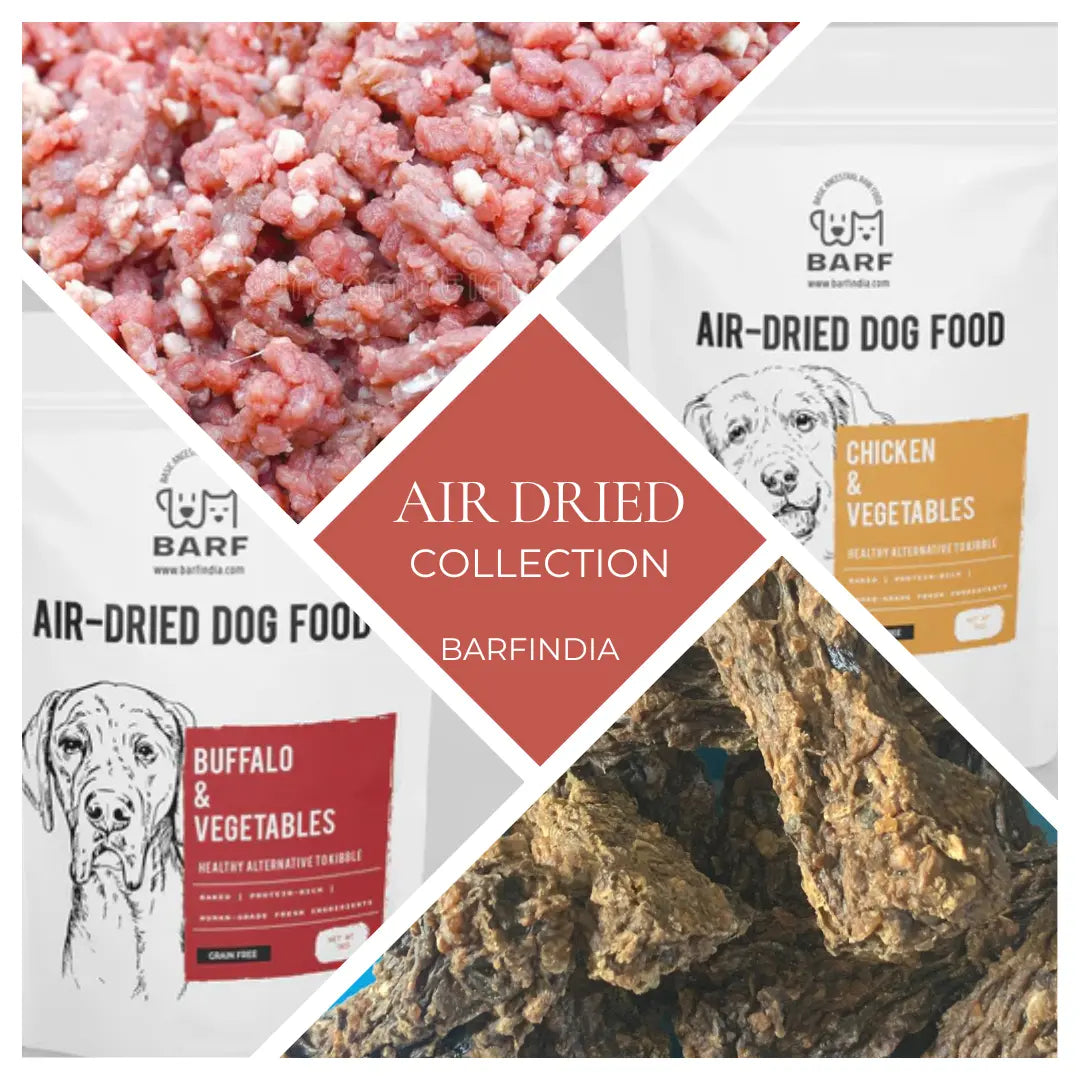
Dental issues are bad for dogs health
B.A.R.F. India AdministratorDog Dental Issues? Steps to Maintain Your Dog’s Dental Hygiene at Home
Dental issues in dogs are often overlooked, even by the most caring pet parents. While we invest time and money ensuring our dogs eat well, stay active, and are mentally stimulated with toys, we sometimes forget that oral health is just as vital.
Ignoring dental issues can lead to pain, infection, and even impact your dog’s overall health. Maintaining proper dental hygiene is not just about fresh breath—it plays a crucial role in your dog’s long-term wellbeing. A healthy mouth means a healthier, happier dog.
Dental Issues are a leading cause of health issues
Did you know that bad oral hygiene can lead to health issues for your dog down the road? If left untreated, dental disease has been known to cause tooth loss, painful abscesses and lead to infections throughout your dog’s body. And it can also increase the risk of permanent jaw damage and heart disease too!
Studies have shown that dental diseases affect nearly 80% of all dogs, and most of them start to show signs of gum disease, also called Periodontitis, by the age of three. That’s too early for your pooch to start falling sick.
How do you know if your dog has a dental issue?
You can perform simple tests at home to check if your dog has healthy chompers.
The Breath Test
You shouldn’t expect your dog to have minty-fresh breath, but if getting a whiff of his mouth makes you gag, then you know there’s a serious problem. Offensive breath is always a sign of dental disease. If this is also accompanied by loss of appetite, excessive drinking or vomiting, you need to head over to the vet.
The Lip Test
Check your dog’s gums to check his dental health. Healthy gums are pink and do not show any signs of swelling. In case you notice white or red gums, make that appointment now. You should make this check once a week.
How can you ensure good dental hygiene for your dog and prevent dental issues?
If your dog isn’t showing any signs of dental distress, you’re in luck. Now all you have to do is maintain it. Here are a few tips on how you can do that.
Brush the teeth
As silly as it sounds, you must brush your dog’s teeth a few times a week to prevent plaque buildup. In all likelihood, your dog won’t like it but will get used to it over time. Use the right tools when you do so. Don’t use human toothpaste as it can be toxic for them if swallowed. Also, dog toothpaste usually comes in better flavours like chicken or peanut butter. Pick your dog’s favourite. Next, find a brush that fits over your fingertip.
Tooth wipes
While these are not as effective as a brush, they do a pretty good job of cleaning the teeth. Rub the wipes on your dog’s teeth and gums to help remove plaque. Wipes are a great way for dogs that just refuse to let you brush their teeth.
Dental treats
Turn a treat into treatment. Look for dental treats that are useful in removing plaque. No dog will refuse a treat, and this is a great way to get the job done. Get your dog’s favourite flavour while you’re at it.
Dog chews
Dog chews come in many types, but they all do the job of keeping your dog’s teeth clean. The act of chewing works like a brush and helps scrape off any plaque that’s building up. Get an all-natural chew that secretes enzymes on chewing which helps clean teeth even further. If you want a non-calorie chew, you can get a nylon or rubber chew that can be used while playing.
Visit the vet
A trip to the vet can be an opportunity to get a professional cleaning done. The vet knows all the pain points and can look for trouble before it gets out of hand. While it might be more expensive than the earlier mentioned methods, a trip every six months can help keep your dog’s dental hygiene in top shape.
Good dental hygiene isn’t simply a question of good breath. There are many underlying diseases that originate from bad oral hygiene.
So, when are you scheduling the first vet visit for your dog’s teeth?



